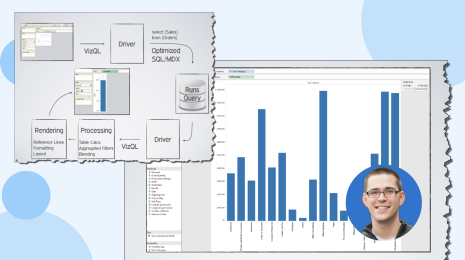Allergan Sees Healthy ROI with Tableau
Allergan, a multi-specialty healthcare company with operations around the globe, employs more than 11,000 people worldwide. Joe Madigan is the Director of Customer Services in the EMEA region—Europe, the Middle East, and Asia. With so much ground to cover, he’s got a lot of data.
In 2009, each of the 12 customer service sites in the EMEA region was using its own contact center technology—which caused data inefficiencies. In this interview, Madigan explains how his team went from 1 Tableau Desktop license to 20—and how that fostered a healthy environment for data and finances.

Healthy data sure can go a long way—Allergan is proof.
These two changes—both of which occurred in 2011—formed the solution for Allergan's data ailments. And because Allergan's sales are experiencing rapid growth in the EMEA region, the increased data visibility has allowed Madigan's team to make the most of its existing resources.
“Our revenue is growing double digits as a region," he explains. "For our mature countries, we've grown our transaction volume by 50 percent with no incremental head count." Other results include:
- Time savings: Monthly reports—of which there are many—now take 30 minutes instead of 6 hours.
- High adoption: The team now uses Tableau Server; nearly 200 employees regularly interact with data visualizations.
The result? Says Madigan, “The value is certainly returned in a month, probably even less than that." And if that's not a healthy ROI, we don't know what is. So read the full story!
Photo credit: "laptop and stethoscope" by jfcherry via Flickr.









